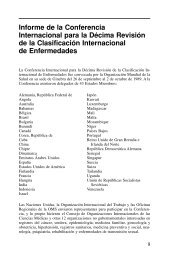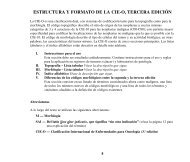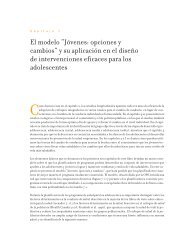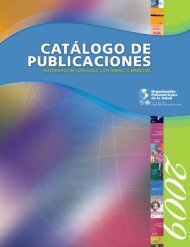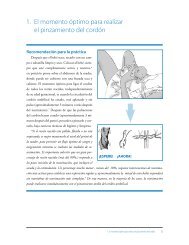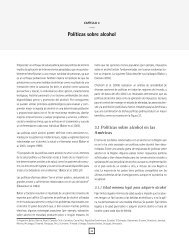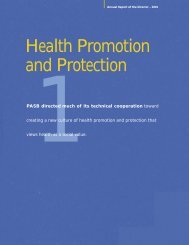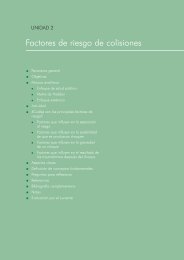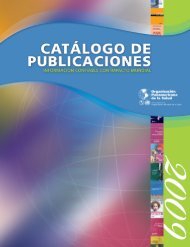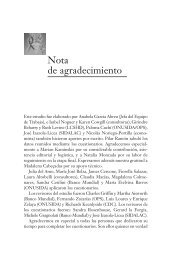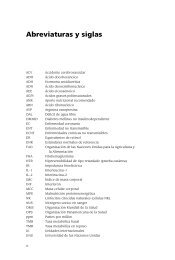Eligibility for Blood Donations PAHO-WHO 2009 Txt
Eligibility for Blood Donations PAHO-WHO 2009 Txt
Eligibility for Blood Donations PAHO-WHO 2009 Txt
- No tags were found...
Create successful ePaper yourself
Turn your PDF publications into a flip-book with our unique Google optimized e-Paper software.
The prospective donors demand in<strong>for</strong>mation on the requirements to become blooddonors, the reasons <strong>for</strong> deferral, the risks and physical consequences of donating blood,the community need of blood, and the places, frequency and procedures <strong>for</strong> blooddonation. The public suggests that workshops and group discussions be used to involvethe community and that mobile collections be implemented to avoid blood collectionin hospitals. The location, working schedule and the environment of the facilities whereblood is currently collected are considered deterrents <strong>for</strong> blood donation, as are the poorservice provided by the staff and the lack of standardized blood collection procedures(6–23).Taking this in<strong>for</strong>mation into consideration the document IMPROVING BLOODAVAILABILITY AND TRANSFUSION SAFETY IN THE AMERICAS (5), presented by theDirector of the Pan American Health Organization to the Directing Council in 2008,recommended that:a. the coutries make ef<strong>for</strong>ts to estimate their annual need <strong>for</strong> bloodand blood components;b. the number of repeat donors be estimated at least as 50% of thenational need of red blood cells;c. a national program be put in place to educate and recruithealthy individuals as regular donors and to have them donate atleast twice a year; andd. a social network of volunteers be established to help educate thecommunity, to promote voluntary blood donation and to servicethe donor.The 48th Directing Council of the Pan American Health Organization (<strong>PAHO</strong>) on2 October 2008 adopted resolution CD48.R7 (24) which urges the Member States to:a. Proactively implement the Regional Plan of Action <strong>for</strong> Transfusion Safety2006–2010 by:i. defining a specific entity within the normative level of their ministriesof health as responsible <strong>for</strong> the planning, oversight, and overallefficient operation of the national blood system;ii. estimating the annual need <strong>for</strong> blood components and the financialresources to cover those needs; andiii. establishing a network of volunteers to educate the community, topromote voluntary blood donation and to service the donors, withspecial attention to youth programs.b. Terminate replacement and paid donation by the end of 2010.c. Terminate mandatory patient replacement of transfused blood by the endof 2010.4



